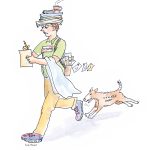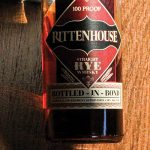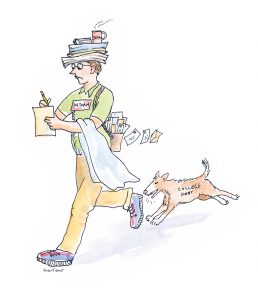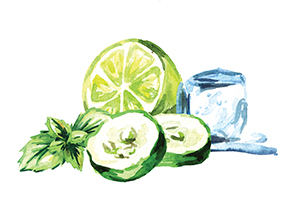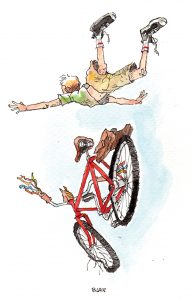
Going Native
Be kind to our feathered friends by gardening
with local plant species
By Susan Campbell
During these dog days
of summer, if you are looking for a reason to shirk tasks such as weeding or abandoning your attempts to grow the perfect lawn (not to mention spending less time watering), I may have some good news for you! More and more folks are abandoning conventional landscaping to take advantage of local plants — from towering trees right down to ground-hugging grasses, even mosses in order to produce patches of native habitat. And this is very good news for our birds and our pollinators — actually an invaluable turn of events for literally scores of wildlife species.
Anyone who has been a backyard gardener will probably give you more than one argument for shunning vast lawns and alien ornamental plantings. The list is endless: pest problems, irrigation, expensive fertilizers, dangerous herbicides and pesticides, plus the cost and pollution from gas-operated trimmers and mowers. Using local species is not only likely to result in better success but it provides a “sense of place.”
But the real and lasting bonus to embracing native landscaping has a more global reach. It restores vestiges of original ecosystems — so much of which were lost as a result of agriculture, forestry and other land use changes since the Industrial Revolution. All of those small patches of habitat being created represent a new hope for bees, birds, reptiles, amphibians and even mammals that have been displaced over the decades. Relatively few large tracts of land are available for preservation these days: Our best hope for the future literally lies in each and every one of our own backyards.
Dare I begin with exotics? Sadly, many have escaped and turned into an invasive species nightmare. Water hyacinth smother ponds. Rapacious Japanese wisteria or rampant Japanese honeysuckle gobbles up trees and shrubs. Popular privet hedges and the Bradford pears crowd out native species. Worse yet, the drought-tolerant nandina, whose berries are loaded with cyanide, can actually kill birds, including cedar waxwing, American robin, Northern mockingbird and Eastern bluebird.
Buy local and get good local advice on native species. Better yet, visit the N.C. Botanical Garden in Chapel Hill where you can see native flora growing during the course of the entire year. For a good online source, type “NCSU Native Plant Resources” into Google to get expert advice by region.
Finally, should you reside in a community with restrictions on landscaping that may make this sort of yard challenging, I would suggest looking into National Wildlife Federation’s backyard certification program by typing “nwf certified wildlife habitat” into Google. With hope, an official designation as well as the signage that goes with it, your project will be justified and understood as beneficial by the powers-that-be. OH
Susan would love to hear from you. Send wildlife sightings and photos to
susan@ncaves.com.

